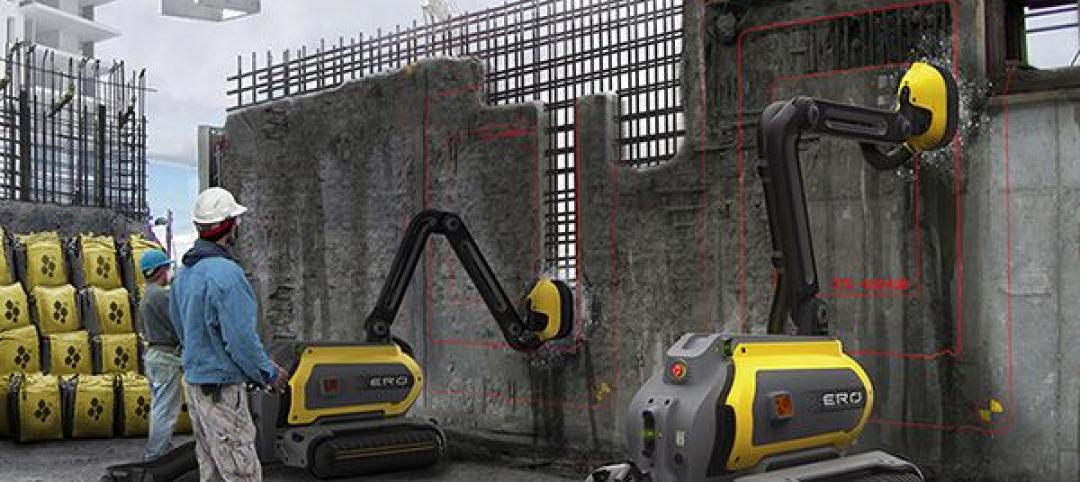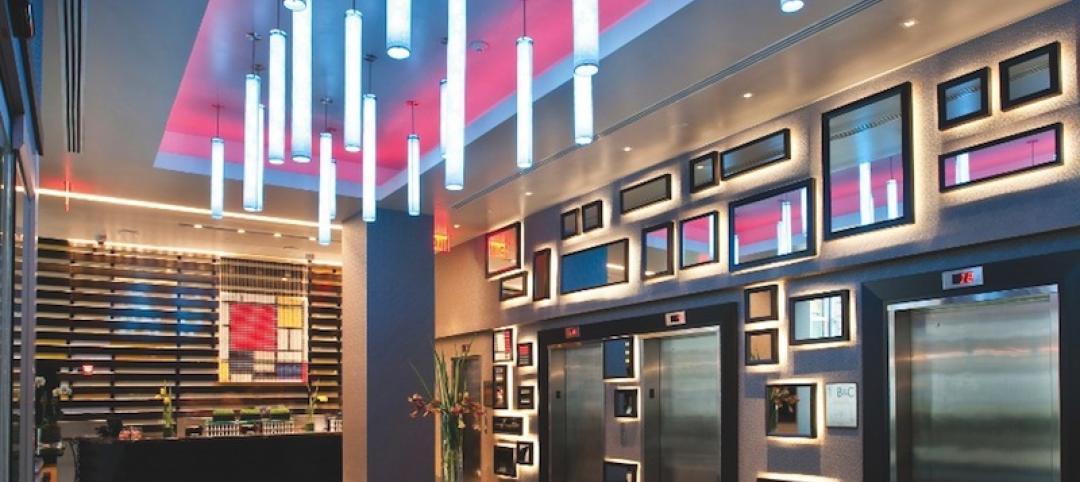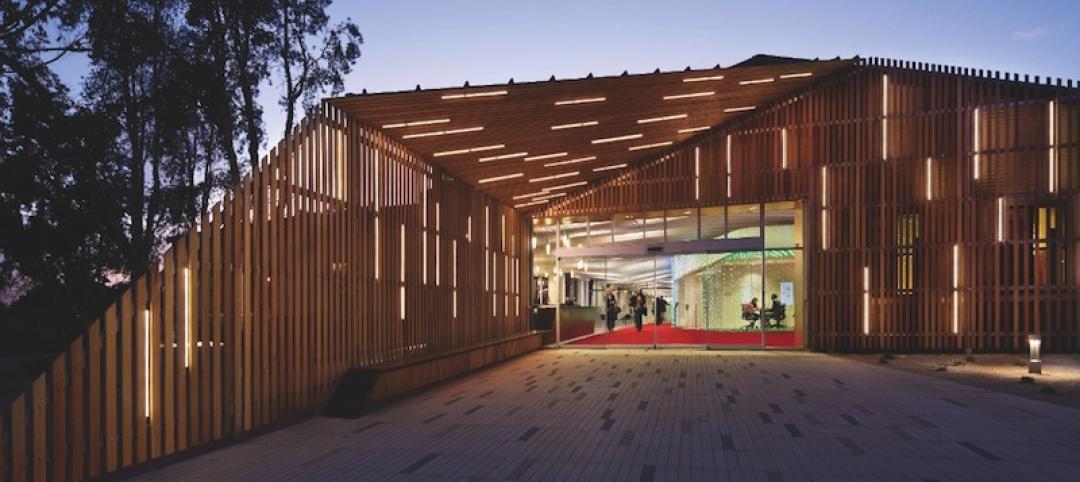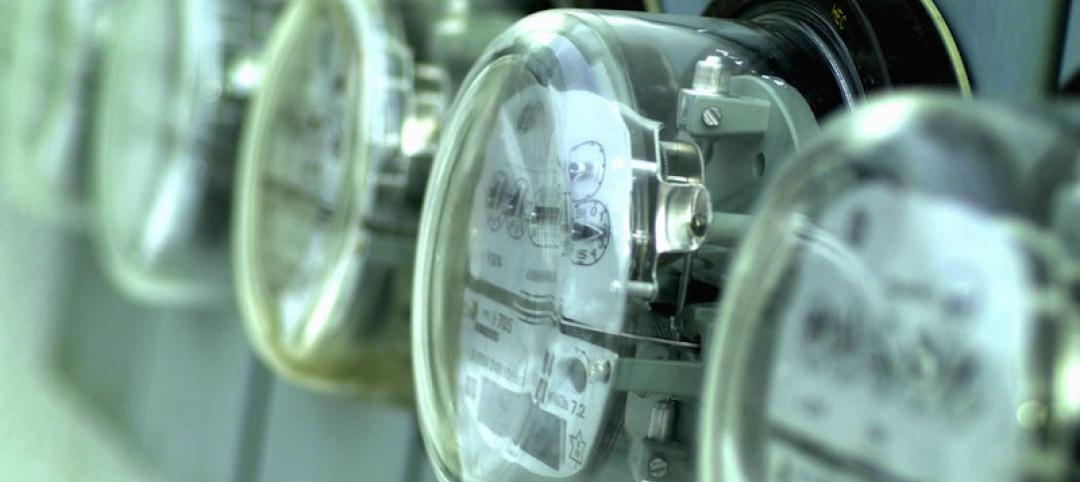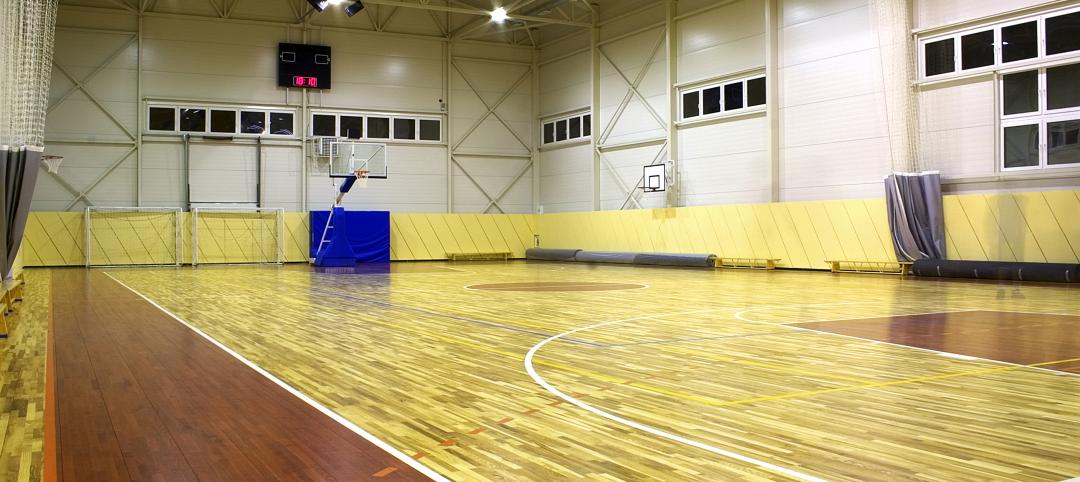The installation of RavenWindow smart window technology was recently completed at the U.S. Department of Energy’s Research Support Facility (RSF) on the campus of the National Renewable Energy Laboratory (NREL).
The self-tinting heat-activated filter allows solar heat into the building when it is desired, such as on a sunny winter day. Then, it blocks the sun when it’s not desired, such as on a hot summer day. Unlike window blinds, when the window is in the tinted state and blocking solar heat from entering the building, the occupants still can see outside and enjoy the view. Because of the energy savings, reduced glare and increased occupant comfort provided by managing the solar heat gain, the window swill also be installed at the RSF expansion wing, to be completed in late 2011.
“We are very pleased to have concluded the first ever installation of RavenWindow technology, and we could not have asked for a better first customer,” said Alex Burney, CEO of RavenBrick LLC.
“By adopting RavenWindow in this prestigious building, DOE and NREL have made a significant contribution to the creation of vital jobs in the clean-tech economy. This is an encouraging example of the merits of public and private sector partnership,” added Burney. BD+C
Related Stories
| Jul 16, 2013
Robotics: A new way to demolish buildings
A robot prototype uses water jets to break up concrete structures and then sucks up the water and debris for reuse and recycling.
| Jun 18, 2013
Report: HVAC occupancy sensors could slash building energy demand by 18%
Researchers at the DOE's Pacific Northwest National Laboratory conclude that significant energy savings can be achieved by varying ventilation levels based on the number of people in a given space.
| May 28, 2013
LED lighting's risks and rewards
LED lighting technology provides unique advantages, but it’s also important to understand its limitations for optimized application.
| Apr 15, 2013
Advanced lighting controls and exterior tactics for better illumination - AIA/CES course
To achieve the goals of sustainability and high performance, stakeholders in new construction and renovation projects must rein in energy consumption, including lighting. This course presents detailed information about lighting control strategies that contribute to energy efficient buildings and occupant well-being, as well as tips for lighting building exteriors effectively and efficiently.
| Apr 8, 2013
Most daylight harvesting schemes fall short of performance goals, says study
Analysis of daylighting control systems in 20 office and public spaces shows that while the automatic daylighting harvesting schemes are helping to reduce lighting energy, most are not achieving optimal performance, according to a new study by the Energy Center of Wisconsin.
| Apr 1, 2013
Half of building owners use 'smart' technologies, says survey
A survey of 291 building owners by IDC Energy Insights shows that 50% of owners use smart building technologies, such as HVAC controls, lighting controls, and analytics/data management.
| Mar 27, 2013
Small but mighty: Berkeley public library’s net-zero gem
The Building Team for Berkeley, Calif.’s new 9,500-sf West Branch library aims to achieve net-zero—and possibly net-positive—energy performance with the help of clever passive design techniques.
| Feb 8, 2013
5 factors to consider when designing a shade system
Designing a shade system is more complex than picking out basic white venetian blinds. Here are five elements to consider when designing an interior shade system.
| Jan 16, 2013
Achieving Educational Excellence with Greater Comfort in Hudson, Iowa
Improving a problematic temperature control system at Hudson High School paves the way for enhanced comfort, greater energy efficiency, and significant savings.



